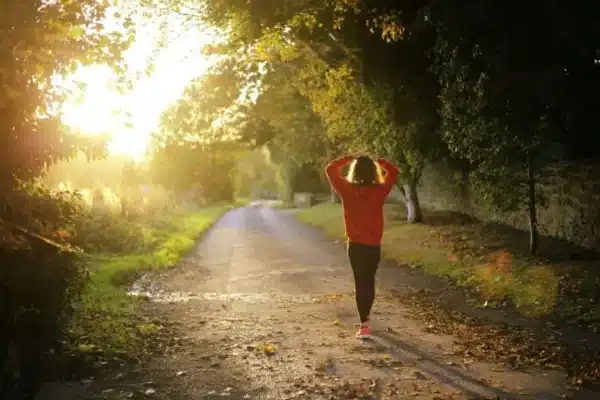What is the best non-exercise activity you can do to lose body fat? The best non-exercise to burn stomach fat is walking. Any movement will burn belly fat because actions use calories. The body makes belly fat from calories.
When you burn calories, they must come from your food or body fat. You will love walking because walking helps you to stay healthy and fit. It is especially so for people with pre-existing conditions, like a bad back or heart.
Walking is a compound workout when performed correctly. It works with every muscle in your body. Walking can help you lose fat without losing power.
Compound activity burns more calories because they work larger muscles, which require more calories to move. The effectiveness of any action involves frequency, duration, intensity, and form.
Walking is the best non-exercise activity to lose fat because it takes a balanced approach to burning calories. In addition, walking gives as much energy emotionally and mentally as it uses physically.
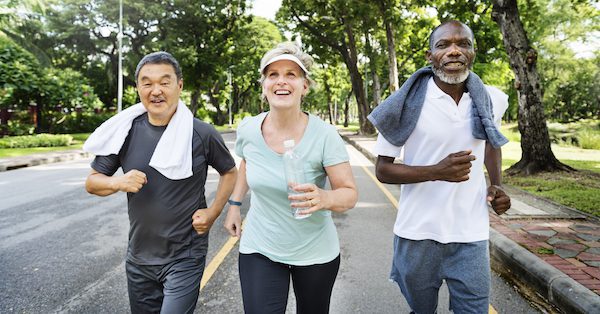
Walking is a natural activity that your body loves, making it the best to lose fat. Also, it is accessible on the joints and muscles, preventing injuries and fatigue.
A 2003 study on Accumulating 10,000 Steps: Does This Meet Current Physical Activity Guidelines showed how important walking is to health and fitness. The study concluded that individuals who walk 10,000 steps/day are more likely to meet the current physical activity guidelines by engaging in the length of walks promoted by the Centers for Disease Control and Prevention and the American College of Sports Medicine, the U.S. Surgeon General, and U.S. Department of Health and Human Services.
A 2007 study on Walking, Hiking, And Running In Parks: A Multidisciplinary Assessment Of Health And Well-Being showed the fat-burning benefits of walking. The study concluded that hikers burned the most significant amount of net energy (916 kcal) when they selected more hard tracks with more extensive slopes, followed by runners (790 kcal) and walkers (450 kcal). So before you place hiking and running before walking, ask yourself which activity you are more likely to look forward to doing every day.
Subsequently, a 2020 study on Walking Toward A New Me: The Impact Of Prescribed Walking 10,000 Steps/Day On Physical And Psychological Well-Being addressed such vital benefits of walking. The study found that accumulating 10,000 steps/day improves cardiovascular performance and personal growth and positively influences health, fitness, and psychological well-being indicators.
What are the benefits of walking?
Walking is a low-affected, weight-bearing activity that can help to improve your overall health. Also, walking is a great way to get some exercise and fresh air, and it can also help reduce stress levels.
Walking can help improve your balance and coordination, an excellent way to strengthen your bones and muscles. Thus, walking can help improve your heart health and reduce your risk of cardiovascular disease. Finally, walking is a great way to lose weight or maintain a healthy weight.
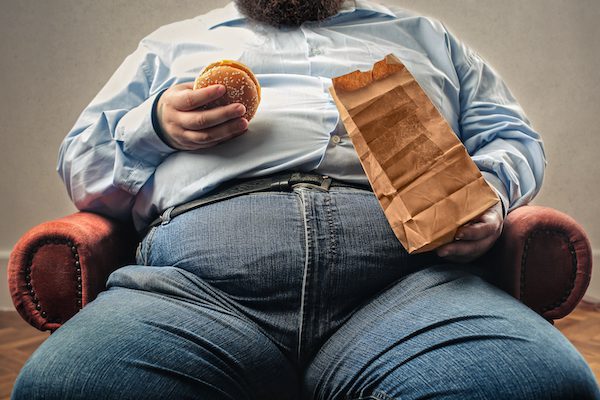
What are the dangers of not walking?
There are many dangers associated with not walking. Not walking can increase the risk of developing cardiovascular disease, obesity, type 2 diabetes, and other health conditions. Also, not walking can lead to a sedentary lifestyle, increasing the risk of developing health problems. Finally, not walking can make it difficult to perform everyday tasks, such as walking up stairs or carrying groceries.
How can I get started with walking?
There are a few things you can do to get started with walking. First, wear comfortable shoes and clothes. Second, start walking for 10 minutes a day and escalate the time you walk each day. Third, find a walking partner or join a walking group. Finally, set some goals for yourself, such as walking for 30 minutes a day or thrice a week.
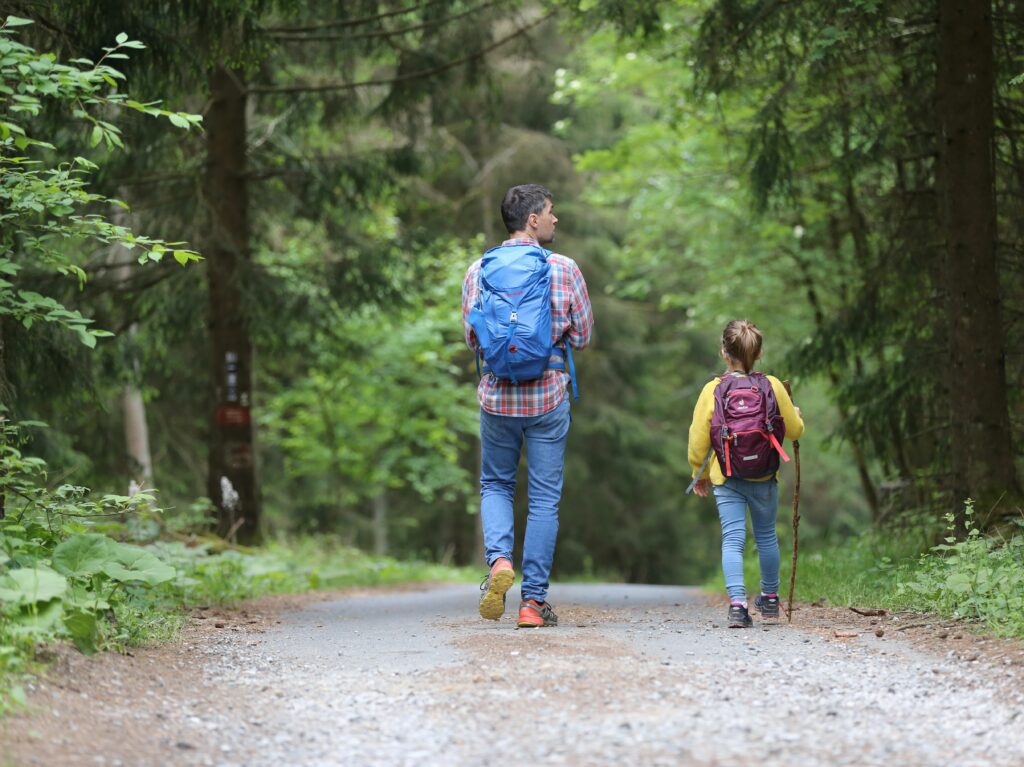
What are some tips for staying safe while walking?
There are a few things you can do to stay safe while walking. First, walk in well-lit areas and avoid walking at night. Second, stay aware of your surroundings and be mindful of people who may try to approach you. Third, wear bright colors or reflective clothing when walking in the dark. Fourth, carry a whistle or some other form of self-defense when walking. Fifth, trust your instincts if you feel unsafe or uncomfortable and walk away from the situation. Finally, always let someone know where you are going and when you will be back when walking alone.
What is the relationship between walking stride and health?
There is a relationship between walking stride and health. Specifically, experts linked a faster walking stride to better health outcomes. For example, research has shown that people who walk quickly are less likely to develop heart disease or die from any cause than those who stroll. Thus, people with a quicker walking stride have better overall health, lower body weights, and experience less pain than those who walk.
There are a few plausible explanations for why scientists link a quicker walking stride to better health outcomes. One possibility is that people who walk quickly are more active overall, and this higher activity level leads to better health outcomes.
When people walk quickly, they are more likely to take longer strides, and this longer stride puts less stress on the body. This reduced stress can lead to better health outcomes. Finally, when people walk quickly, they breathe more deeply, and this deeper breathing can improve overall health.
While there is a clear relationship between walking stride and health, it is essential to note that not everyone needs to walk quickly to be healthy. Some people prefer to meander, and this is perfectly fine. The key is to find a walking pace that you can stick with to make regular physical activity a part of your life.
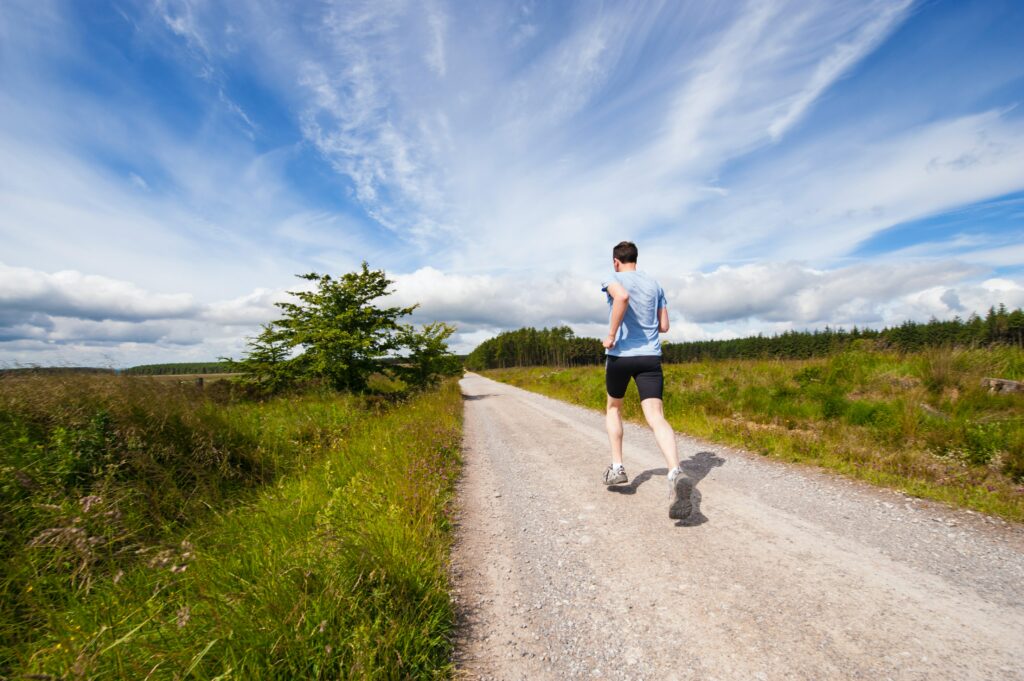
How to walk to lose body fat
One of the best places to walk is outside. Walking outside allows you to change up your environment. By changing your background, you improve emotionally and mentally. Walking is also a NEAT activity. NEAT (non-exercise activity thermogenesis) uses twice as much energy each day as exercise.
The average person can burn 400 to 800 calories daily, walking for as little as one to two hours. Walking prevents you from living a sedentary lifestyle because it causes you to get up and move around. In addition, walking is not stressful on the muscles, bones, or joints, making it the best activity to lose fat.
The average person should set a goal to walk 10,000 steps daily to get the best results from walking. Walking outside is better than walking on a treadmill because of sunlight, less joint stress, and a changeup in the environment. Finally, a balanced approach is the best approach to losing weight. To burn stomach fat, you must create a calorie deficit. Use a calorie calculator to get the most accurate and best calorie reduction results.
The last word on why walking is the best non-exercise activity to lose fat
There is no downtime needed for walking. Subsequently, you can walk every day and all day. Also, it would help if you combined walking with exercise. Thus, you can get out and walk on your rest days to heal your body and burn extra energy.
Non-exercise activities like walking, cooking, and standing are the best activities to lose fat. They also improve your health–emotionally, mentally, and physically. Finally, some excellent resistance training exercises you can add to your non-exercise activities are squats, deadlifts, bench presses, shoulder presses, and lunges.
Walking is a great way to get more active and lose weight. It’s low-affected, easy to do, and you can do it anywhere. If you’re looking for ways to increase the effectiveness of your walks, try adding some hills or inclines.
You can also use weights while you walk to help tone your body and burn even more calories. And don’t forget to drink plenty of water before, during, and after your walks! So are you ready to walk your way to a slimmer waistline?

